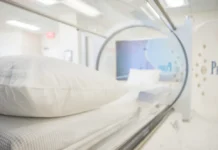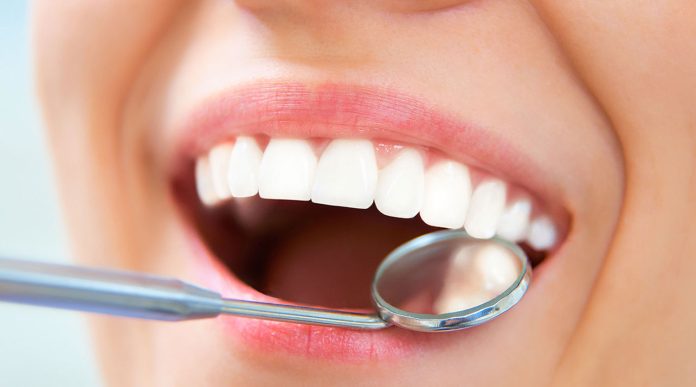
For a long time, even today, the word cancer has been linked to death or drastic and harsh consequences. However, nowadays, cancer is no longer synonymous with death thanks to improved treatments and scientific progress, and mainly the early detection of this disease.
Among the little-known types of cancer, we find oral cancer. Despite having a high prevalence worldwide and representing approximately 3% of all cancers diagnosed each year in the United States, it continues to go unnoticed, which can have serious consequences for the life of the patient. That is why both prevention and early detection play a fundamental role in overcoming the disease, which has a high mortality rate.
What is oral cancer?
The WHO defines the term, cancer, as a broad group of diseases that can affect any part of the body. Cancer starts when cells in the body start to grow out of control. Oral cancer is a form of the disease in which malignant cells form in the mouth and throat. And they can also form on the tongue, in the tissue that lines the mouth and gums, under the tongue, at the base of the tongue, and in the throat area at the back of the mouth. It occurs more often in people over 50 and n men more than women. Most cases of oral cancers are related to tobacco use, alcoholic beverages, or an infection, known as the human papillomavirus (HPV).
Oral cancer diagnosis
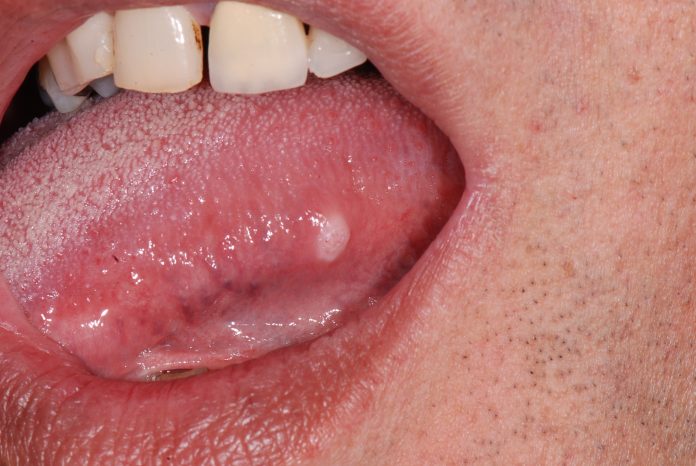
While there is no routine early detection plan for oral cavity cancer, many precancers and developed cancers can be found early during routine follow-up exams by a dentist, physician, or dental hygienist as well as through self-examination. Some early cases cause symptoms for which people seek medical or dental care. However, most of these cancers develop silently and do not cause symptoms until they have grown or spread to other tissues. Some dentists and doctors recommend a mouth self-exam in the mirror every month to check for changes, such as white spots, ulcers, or bumps. This is true especially for regular tobacco and alcohol users, since these substances are the main risk factors.
The American Cancer Society also recommends that doctors examine the mouth and throat as part of a routine cancer screening checkup.
What is an oral cancer screening exam?
A screening exam is an examination carried out by the dentist or doctor to detect signs of cancer or a precancerous lesion in the oral cavity, before the person presents any symptoms. The goal of the test is to find cancer early so that it is easier to remove or treat it, constituting a better chance of a cure. It is important to note that a screening test does not necessarily mean that you have cancer, as these tests are done even when there are no symptoms of the disease.
If the result of a screening test is abnormal, you may need more tests to confirm you have cancer. These are called diagnostic tests. When looking at lesions in the mouth, the following procedures are used to find abnormal tissue that could turn into oral cavity cancer:
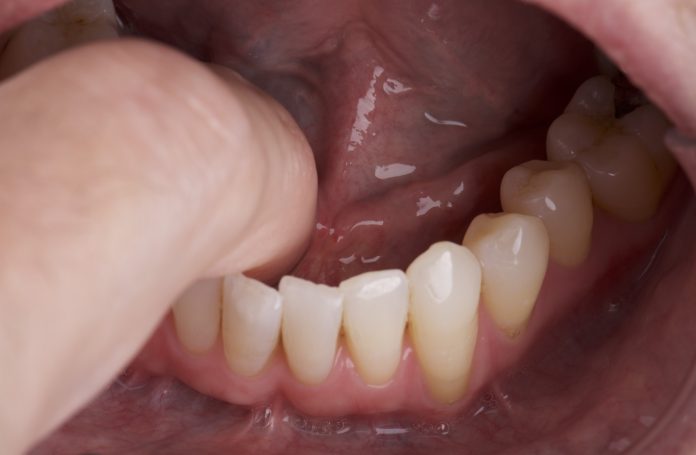
Toluidine blue stain: a procedure in which lesions in the mouth are covered with a blue dye. Areas that stain darker are more likely to be cancerous or become cancerous.
Fluorescence staining: a procedure in which lesions in the mouth are observed with a special light. After the patient uses a fluorescent mouthwash, normal tissue looks different from abnormal tissue when viewed in light.
Exfoliative cytology: a procedure entailing taking samples of cells from the oral cavity. A cotton ball, brush, or small wooden spatula is used to gently scrape the cells from the lips, tongue, or mouth. These cells are examined under a microscope to determine if they are abnormal.
Brush biopsy: the removal of cells with a brush designed to collect cells from all layers of a lesion. The cells are then examined under a microscope to determine if they are abnormal.
Can the dentist help detect oral cancer early?
The dentist is the best healthcare professional to detect and diagnose lesions that can lead to oral cancer. During your routine exam, your dentist will ask about changes in your medical history and if you have had new or unusual symptoms, especially if you belong to risk groups. At the time of the physical examination of the oral cavity, the objective will focus on identifying lumps or abnormalities in different parts of the mouth through palpation, percussion and exploration in order to detect potential malignant or precancerous lesions.
Contact us:
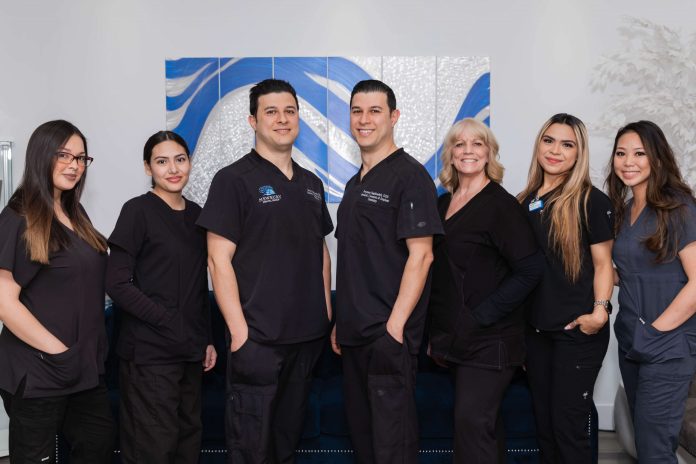
At Channel Islands Family Dental, we care about protecting your health, especially against cancer. Our expert team of Dentist In Camarillo, Dentist in Thousand Oaks & Newbury, Oxnard, Port Hueneme, Ventura, and Santa Paula are ready to help you. Call the office closest to you or make an appointment online today.



